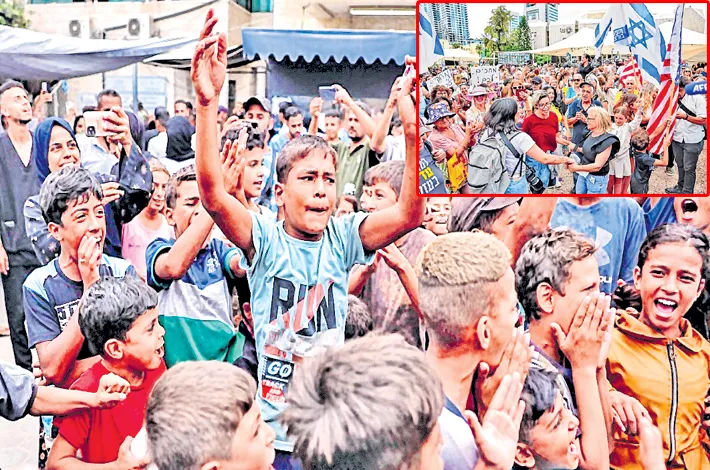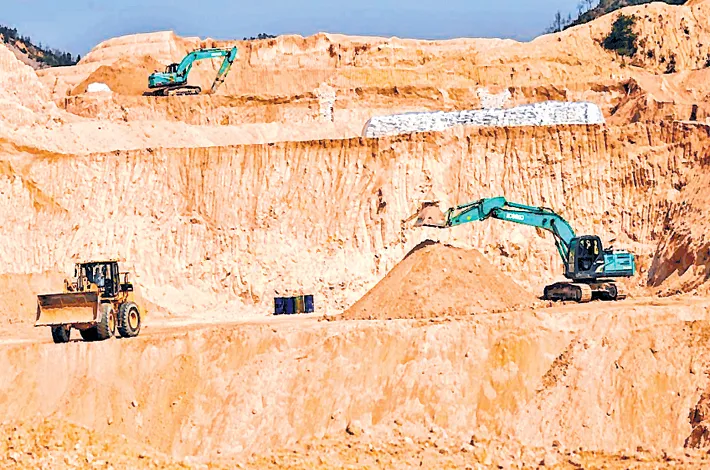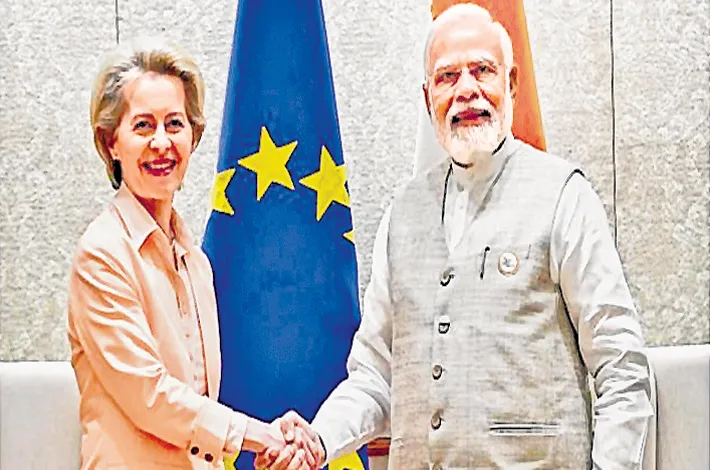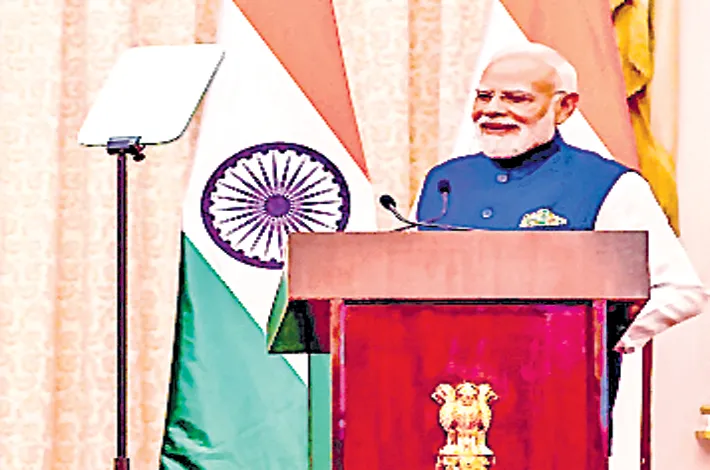The Shenoys & the Valley of Flowers
02-10-2025 12:00:00 AM
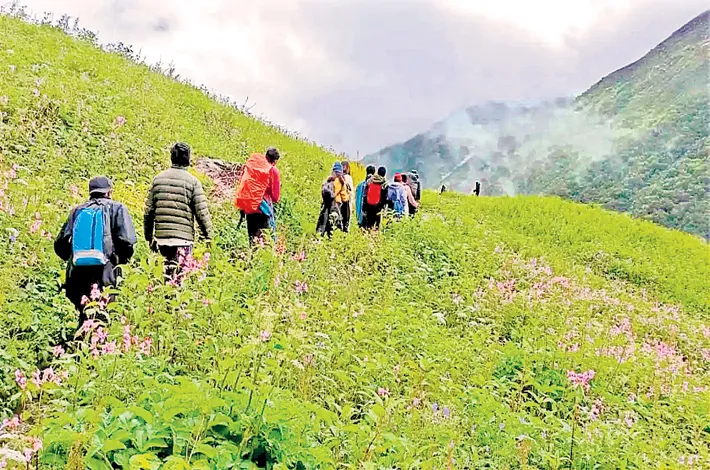
For the Shenoys, the Valley of Flowers in Uttarakhand wasn’t just a destination—it was a ritual, a pilgrimage of joy. Every September, when the Himalayan meadows exploded into a riot of colour, Roshan Shenoy packed up his family—his wife Meher, and their two boys, Ardesher and Rustom—and set out for what he called “nature’s annual festival.”
Roshan, a botanist by education and a storyteller by passion, believed that flowers spoke a secret language. He had spent years teaching his sons to listen.
Each trip began the same way: with a train to Haridwar, a drive to Govindghat, and then the trek—a narrow path winding through misty forests, across wooden bridges, past gurgling streams and waterfalls. The ascent was always quiet at first, the boys tired and focused on their footing. But once the first splash of pink primulas appeared, the silence broke into excited chatter.
“Dad! Look! Himalayan blue poppy!”
“That’s not poppy, Rustom,” Ardesher would correct, always the more precise of the two. “That’s Meconopsis betonicifolia. And it’s rare.”
Meher would laugh, adjusting her scarf in the mountain breeze. “And I thought I was married to the only botanist in the family.”
But it was Roshan’s voice the boys loved most. As they walked, he would narrate tales from ancient mythology—stories of gods who walked these valleys, of flowers born from teardrops and thunder, of herbs that healed and cursed.
One night, in their small guesthouse in Ghangaria, with the fire crackling low, Roshan opened his old leather-bound journal. “This was your grandfather’s,” he said, passing it to Ardesher. “We’ll use a new one this year. But this... this holds thirty years of blooms.”
The boys leaned in, wide-eyed. Inside were dried petals, hand-drawn maps, pressed leaves, scribbled names in Latin and Sanskrit, and faded photographs pasted neatly on the yellowing pages. A living history of the Valley through Shenoy eyes.
The next morning, they entered the Valley.
No photograph could ever truly capture it. A sea of colour stretched in every direction—violets, yellows, reds, and blues woven like a giant floral quilt over the earth. Butterflies danced midair. Bees hummed low like monks in meditation. The scent—part sweet, part wild—was intoxicating.
Rustom ran ahead, camera in hand, shouting every few minutes, “Dad! Come quick!” as he discovered some new bloom he’d never seen before.
Meanwhile, Ardesher carefully jotted notes into the fresh journal. Flower name, altitude, colour, scent, date. Precise, focused.
Roshan watched them with pride. “Someday,” he told Meher softly, “they’ll bring their own children here.”
At a quiet bend near a stream, they sat for lunch—roti, pickle, and boiled eggs. Roshan pulled out a storybook, as he did every year. “Today,” he said, “a tale of Brahma Kamal, the night-blooming flower said to grant wishes.”
The boys listened, enchanted, as he spun the story of gods and dreams and mountain magic. When he finished, there was a silence only the wind dared fill.
Before they left the Valley, Roshan made them all pause at a clearing thick with marigolds. “Close your eyes,” he said. “Listen.”
To the breeze. To the rustle of leaves. To the murmuring flowers.
“This is what peace sounds like,” he said. “Remember it.”
ears later, long after Roshan had passed, Ardesher and Rustom stood again at that same spot.
In their hands was the old journal.
Rustom turned a page. “Want to make another entry?”
Ardesher nodded, wiping his eyes. “Yes. For Dad.”
And so they wrote—of colour and memory, of a valley in bloom, and a father who taught them to see the world in petals and poems.





